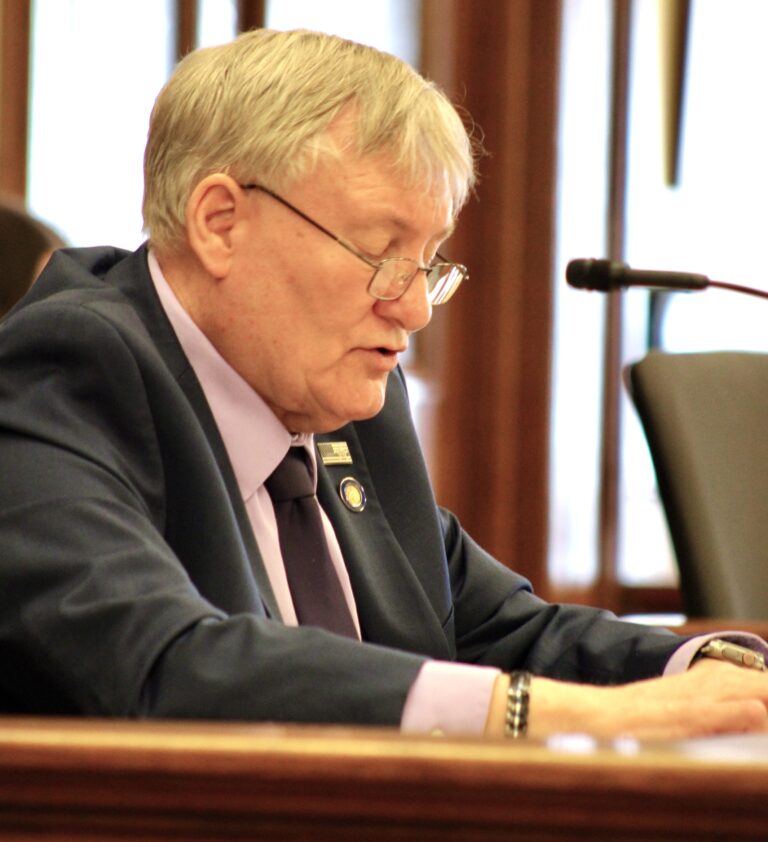Weekly Fiscal Facts are provided to Wisconsin Newspaper Association members by the Wisconsin Policy Forum, the state’s leading resource for nonpartisan state and local government research and civic education. The Wisconsin Policy Forum logo can be downloaded here.
Though the high unemployment that accompanied the COVID-19 pandemic has subsided, the number of people receiving FoodShare benefits in Wisconsin has not yet returned to 2019 levels. This may reflect a number of factors, from changes to eligibility requirements to reduced stigma and high food prices.
FoodShare is the state program that distributes federal Supplemental Nutrition Assistance Program (SNAP) benefits, formerly referred to as food stamps. FoodShare participation might have been expected to fall back toward pre-recession levels as the massive pandemic-era spike in unemployment subsided, but that has not been the case.
As of March, state Department of Health Services data show Wisconsin’s FoodShare program had 702,700 recipients. That was well below the most recent peak of 793,300 participants in May 2021 but still 99,000 (16%) more than March 2020, the last month with recipient levels not impacted by the pandemic.
Since March 2022, monthly recipient numbers have been fairly steady between 693K and 719K. This is a higher range than before the pandemic, despite similar unemployment rates and a competitive labor market. Total FoodShare benefit payments in Wisconsin also have fallen since their $193.8 million peak in December 2022, yet they remain higher than pre-pandemic levels.
As of March 2024, Sheboygan (30%), Milwaukee (26%), and Shawano (26%) counties had the highest FoodShare participation rates (the percentage of a county’s residents who are enrolled in the program).
One explanation for the lingering high enrollment levels is that early in the pandemic, when Wisconsin’s unemployment rate hit its highest point in at least a half century, people who would have previously qualified for FoodShare may have applied for it for the first time.
Eligibility changes to FoodShare during the pandemic may also have drawn greater numbers of enrollees or allowed them to remain in the program longer. Steep increases in the cost of living, including food prices, may also have motivated greater numbers of people to apply for benefits.
How does Wisconsin fare overall in ensuring that its residents have enough to eat? According to the April 2024 Household Pulse Survey from the U.S. Census Bureau, 9.9% of adults in Wisconsin households (nearly 400,000 people) sometimes or often did not have enough to eat over the prior seven days. This is slightly better than the 10.8% of adults facing food insecurity nationwide.
Ultimately, increased FoodShare usage during the pandemic may have lessened stigma about the program. As economic growth continues and inflation slows, FoodShare enrollment may decline. But for now, for many Wisconsinites, greater reliance on it appears to be the new normal.
This information is a service of the Wisconsin Policy Forum, the state’s leading resource for nonpartisan state and local government research and civic education. Learn more at wispolicyforum.org.



